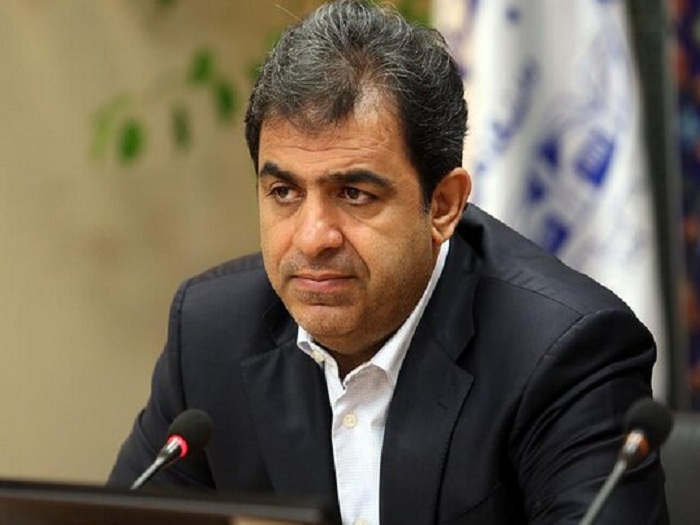Identification of mineral reserves in low-income provinces

The Deputy Minister of Industry, Mines and Trade announced the implementation of Imidro's plans to identify mineral resources in less privileged provinces in order to develop and complete the metal chain.
According to the International Exhibition of Iranian Stone, "Khodadad Gharibpour" today in the monitoring session of mineral exploitation potential projects in less privileged provinces of the country added: Imidro with the implementation of these projects, seeks to examine the situation of low-income provinces but has mines.
He added: "The preliminary study plan for less privileged areas" will be implemented by the private sector and the "plan for performing mineral potential services" will be implemented by the private sector under the supervision of the Minerals Production and Production Company.
Referring to the preliminary study plan for less privileged areas, the chairman of Imidro's executive board said: "According to this plan, twelve provinces of Ardabil, Ilam, Chaharmahal and Bakhtiari, North Khorasan, South Khorasan, Baluchistan, Kermanshah, Kohgiluyeh and Boyer-Ahmad, Lorestan, Kerman, Hormozgan and Kurdistan, with a population of about 14 million, is surveyed by a private company.
According to him, various minerals including iron ore, bauxite, copper, gold, silver, silica, manganese, magnesite, precious and semi-precious stones, decorative stones, lime, coal, titanium, nickel, tin, etc. are included. Plans are reviewed.
Gharibpour said about the project to carry out mining potential services: This project will be implemented in six provinces of Kermanshah, Lorestan, Ilam, Chaharmahal and Bakhtiari, Kohgiluyeh, Boyer-Ahmad and Fars, which covers a total of one hundred and eleven thousand square kilometers.
He pointed out that the office activities include data collection, previous reports, data processing and database preparation, and introduction of potential areas for each type of mineral, and due to the prevalence of corona, health protocols should be observed in the implementation of activities. If the delay is due to this situation, the contracts will be extended.
The Chairman of the Board of Directors of Imidro emphasized the need to achieve a suitable model for the development of deprived areas and said: "Using the information of various institutions and organizations, accurate indicators of deprivation and at the same time having mineral capacity for development, definition and operation." Be.
He added: "Simultaneously with this action, Imidro will examine the situation of mining infrastructure in less privileged provinces in order to provide the necessary facilities for the development of mines."
According to the report, Iran has about 60 billion tons of mineral reserves, of which nearly 40 billion tons are definite and the rest are possible. The initial estimate of the economic value of these reserves was more than eight hundred and eighty billion dollars.
* IRNA










